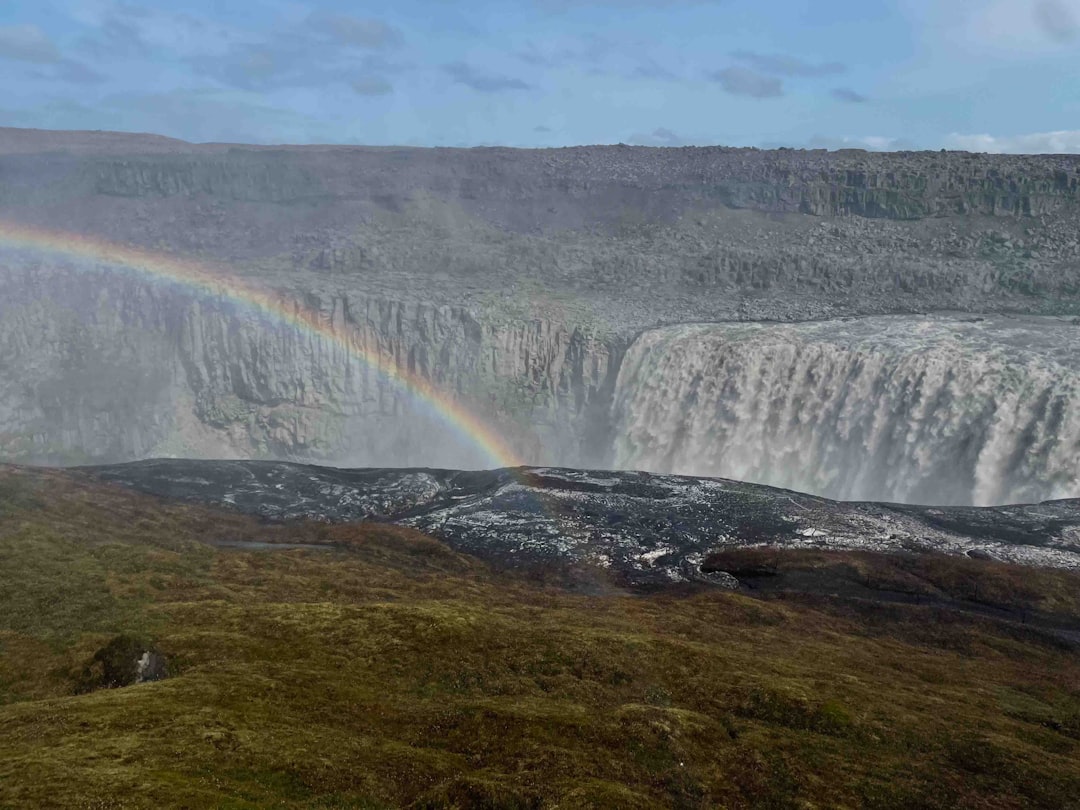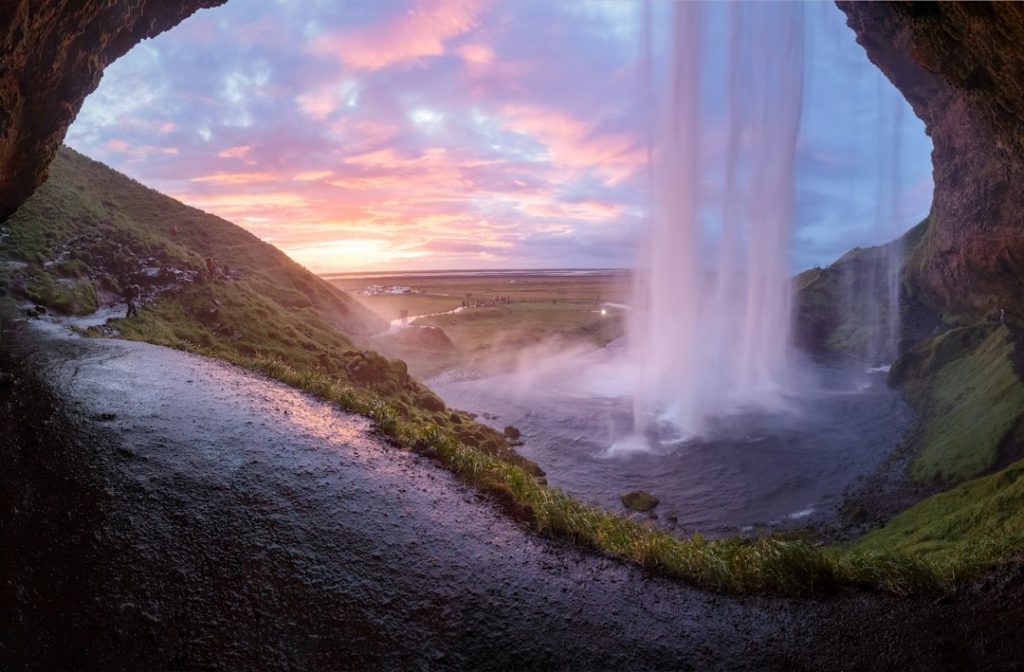
Cultural or Historical Sites of Iceland: Important Cultural Landmarks or Historical Sites In Iceland
Cultural and historical sites in Iceland hold immense importance in preserving the rich heritage and traditions of the country. These sites serve as a window into the past, allowing visitors to gain a deeper understanding of Iceland’s history, culture, and way of life. They also play a crucial role in promoting tourism and attracting visitors from all over the world, contributing to the country’s economy. Furthermore, these sites are a source of national pride and identity, serving as a reminder of Iceland’s unique and diverse cultural heritage.
The preservation of cultural and historical sites in Iceland is essential for maintaining a connection to the past and passing on traditions to future generations. These sites provide a tangible link to the country’s history, allowing visitors to experience the customs, beliefs, and practices of earlier generations. They also serve as educational resources, offering valuable insights into the social, political, and economic aspects of Icelandic society. Additionally, cultural and historical sites contribute to the overall cultural landscape of Iceland, enriching the country’s cultural tapestry and fostering a sense of belonging and pride among its people.
Summary
- Cultural and historical sites in Iceland are important for preserving the country’s heritage and attracting tourists.
- The ancient settlement of Þingvellir is a UNESCO World Heritage site and holds great historical significance for Iceland.
- Gullfoss is a magnificent waterfall that showcases the natural beauty of Iceland and is a popular tourist attraction.
- Reykjavik’s historic architecture reflects the city’s rich history and is a must-see for visitors.
- The mysterious stone structures of Hvalsey Church offer a glimpse into Iceland’s medieval past and are a fascinating historical site.
The Ancient Settlement of Þingvellir
Þingvellir, located in southwestern Iceland, holds great historical significance as the site of the world’s oldest existing parliament, the Althing. Established in 930 AD, the Althing served as a gathering place for Icelandic chieftains to discuss laws, settle disputes, and make important decisions for the community. The site is also renowned for its geological features, as it lies in a rift valley formed by the separation of the North American and Eurasian tectonic plates. This unique geological setting adds to the allure of Þingvellir, making it a must-visit destination for history enthusiasts and nature lovers alike.
Visitors to Þingvellir can explore the ancient assembly grounds where the Althing meetings took place, gaining insight into the early democratic processes of Iceland. The site also offers stunning views of the surrounding landscape, including the crystal-clear waters of Lake Þingvallavatn and the rugged cliffs of the Almannagjá gorge. Additionally, Þingvellir is a designated UNESCO World Heritage site, further highlighting its cultural and historical significance on a global scale. Overall, Þingvellir stands as a testament to Iceland’s rich history and democratic traditions, making it a cherished cultural landmark for locals and an intriguing historical site for visitors.
The Magnificent Waterfalls of Gullfoss
Gullfoss, often referred to as the “Golden Falls,” is one of Iceland’s most iconic and breathtaking natural wonders. Located in the canyon of the Hvítá river in southwest Iceland, Gullfoss captivates visitors with its powerful cascades and dramatic scenery. The waterfall is formed by a series of two-tiered drops, creating a mesmerising display of rushing water and mist that can be seen and heard from a distance. Gullfoss is not only a marvel of nature but also holds historical significance as it played a pivotal role in the conservation efforts led by Sigríður Tómasdóttir, who fought to protect the waterfall from hydroelectric development in the early 20th century.
Visitors to Gullfoss can witness the sheer power and beauty of the waterfall from various viewing platforms, allowing for awe-inspiring photo opportunities and immersive experiences with nature. The surrounding landscape adds to the allure of Gullfoss, with its rugged cliffs, lush vegetation, and panoramic vistas of the canyon. Additionally, Gullfoss is part of the popular Golden Circle tourist route, making it easily accessible and a must-see attraction for visitors exploring Iceland’s natural wonders. Overall, Gullfoss stands as a testament to Iceland’s natural beauty and serves as a reminder of the importance of preserving and appreciating the country’s awe-inspiring landscapes.
The Historic Architecture of Reykjavik
Reykjavik, Iceland’s capital city, is home to a wealth of historic architecture that reflects the country’s cultural heritage and evolution over time. From traditional turf houses to modernist structures, Reykjavik’s architectural landscape offers a diverse array of styles and influences that tell the story of Iceland’s past and present. The city’s historic centre is particularly rich in architectural gems, with colourful wooden houses dating back to the 18th and 19th centuries, as well as iconic landmarks such as Hallgrímskirkja church and Harpa concert hall.
Exploring Reykjavik’s historic architecture provides visitors with a glimpse into the city’s past, showcasing the evolution of Icelandic design and construction techniques. The preservation of historic buildings also contributes to the city’s unique charm and character, creating a sense of timelessness amidst modern developments. Additionally, Reykjavik’s architectural heritage serves as a source of inspiration for local artists and designers, influencing contemporary trends and fostering a deep appreciation for traditional craftsmanship. Overall, Reykjavik’s historic architecture is an integral part of the city’s identity and cultural landscape, offering visitors a captivating journey through Iceland’s architectural legacy.
The Mysterious Stone Structures of Hvalsey Church
Hvalsey Church, located in southern Greenland, is an enigmatic historical site that holds great significance as one of the best-preserved Norse ruins in the region. Dating back to the 14th century, Hvalsey Church stands as a testament to Greenland’s Viking heritage and early Christian presence in the area. The site consists of well-preserved stone walls that once formed part of a grand church complex, providing valuable insights into Norse architecture and religious practices during this period. Hvalsey Church is also shrouded in mystery, as it is believed to be the location of the last written record of Norse Greenland before its disappearance from historical records.
Visitors to Hvalsey Church can explore the hauntingly beautiful ruins, immersing themselves in the atmosphere of this ancient site and contemplating its historical significance. The surrounding landscape adds to the allure of Hvalsey Church, with its sweeping views of fjords and mountains that evoke a sense of timelessness and tranquillity. Additionally, Hvalsey Church serves as a reminder of Greenland’s rich cultural heritage and its enduring connections to Norse history, making it a compelling destination for history enthusiasts and those interested in Viking exploration. Overall, Hvalsey Church stands as a poignant reminder of Greenland’s past and serves as an important cultural landmark for locals and visitors alike.
The Viking Heritage of Skálholt
Skálholt, located in southern Iceland, holds great historical significance as one of the country’s most important religious and cultural centres during the Viking Age. Established in the 11th century, Skálholt served as a bishopric and played a crucial role in shaping Iceland’s Christian identity and ecclesiastical traditions. The site is home to several historic buildings, including Skálholt Cathedral, which stands as a testament to medieval Icelandic architecture and craftsmanship. Skálholt also boasts an extensive archaeological complex that offers valuable insights into Viking-era settlements and daily life in Iceland.
Visitors to Skálholt can explore the historic buildings and archaeological remains, gaining a deeper understanding of Iceland’s Viking heritage and early Christian influences. The site also offers stunning views of the surrounding countryside, providing a serene backdrop for contemplation and reflection on Iceland’s cultural legacy. Additionally, Skálholt hosts cultural events and exhibitions that celebrate the site’s historical significance and promote awareness of Iceland’s rich cultural heritage. Overall, Skálholt stands as a living testament to Iceland’s Viking past and serves as an important cultural landmark that preserves the country’s religious and historical traditions.
The Unique Geothermal Pools of the Blue Lagoon
The Blue Lagoon is one of Iceland’s most iconic natural attractions, renowned for its geothermal hot springs and mineral-rich waters that offer therapeutic benefits for visitors. Located in a lava field on the Reykjanes Peninsula, the Blue Lagoon provides a unique opportunity to experience Iceland’s geothermal wonders while indulging in relaxation and rejuvenation. The milky blue waters are naturally heated by underground volcanic activity, creating an otherworldly setting that has captivated visitors from around the world.
Visitors to the Blue Lagoon can immerse themselves in the warm waters, enjoying the soothing effects on their skin and overall well-being. The site also offers spa facilities that provide various treatments using silica mud and algae found in the lagoon, adding to the overall wellness experience. Additionally, the surrounding landscape of rugged lava formations and steam rising from the waters creates a surreal atmosphere that adds to the allure of the Blue Lagoon. Overall, this unique geothermal pool serves as a testament to Iceland’s natural wonders and offers visitors an unforgettable experience that combines relaxation with an appreciation for the country’s geological marvels.
In conclusion, cultural and historical sites in Iceland play a vital role in preserving the country’s rich heritage and traditions while promoting tourism and contributing to its economy. From ancient settlements like Þingvellir to iconic landmarks such as Gullfoss waterfall and Reykjavik’s historic architecture, these sites offer valuable insights into Iceland’s history, culture, and natural wonders. Whether exploring Viking ruins like Hvalsey Church or indulging in relaxation at geothermal pools like the Blue Lagoon, visitors are treated to an immersive journey through Iceland’s captivating cultural landscape. These sites stand as testaments to Iceland’s enduring legacy and serve as cherished landmarks that continue to inspire awe and appreciation among locals and visitors alike.
FAQs
What are some important cultural landmarks in Iceland?
Some important cultural landmarks in Iceland include the Þingvellir National Park, the Gullfoss waterfall, the Hallgrímskirkja church in Reykjavik, and the Harpa Concert Hall and Conference Centre.
What are some historical sites in Iceland?
Some historical sites in Iceland include the Settlement Exhibition in Reykjavik, the Skálholt Cathedral, the Árnesinga Folk Museum, and the Reykholt historical site.
Why are cultural and historical sites important in Iceland?
Cultural and historical sites in Iceland are important as they provide a connection to the country’s rich history and heritage. They also serve as important tourist attractions, contributing to the country’s economy.
Are there any UNESCO World Heritage Sites in Iceland?
Yes, there are three UNESCO World Heritage Sites in Iceland: Þingvellir National Park, the volcanic island of Surtsey, and the Vatnajökull National Park.
What is the significance of Þingvellir National Park in Iceland?
Þingvellir National Park is significant as it is the site of Iceland’s first parliament, the Alþingi, which was established in 930 AD. It is also a place of great geological importance, as it is situated on the Mid-Atlantic Ridge.
What can visitors expect to see at the Settlement Exhibition in Reykjavik?
Visitors to the Settlement Exhibition in Reykjavik can expect to see a multimedia exhibition that showcases the archaeological remains of a Viking longhouse, providing insight into Iceland’s early settlement period.
What is the historical significance of the Skálholt Cathedral in Iceland?
The Skálholt Cathedral holds great historical significance as it was the seat of the Icelandic bishops for over 700 years and played a central role in the country’s religious and cultural development.


